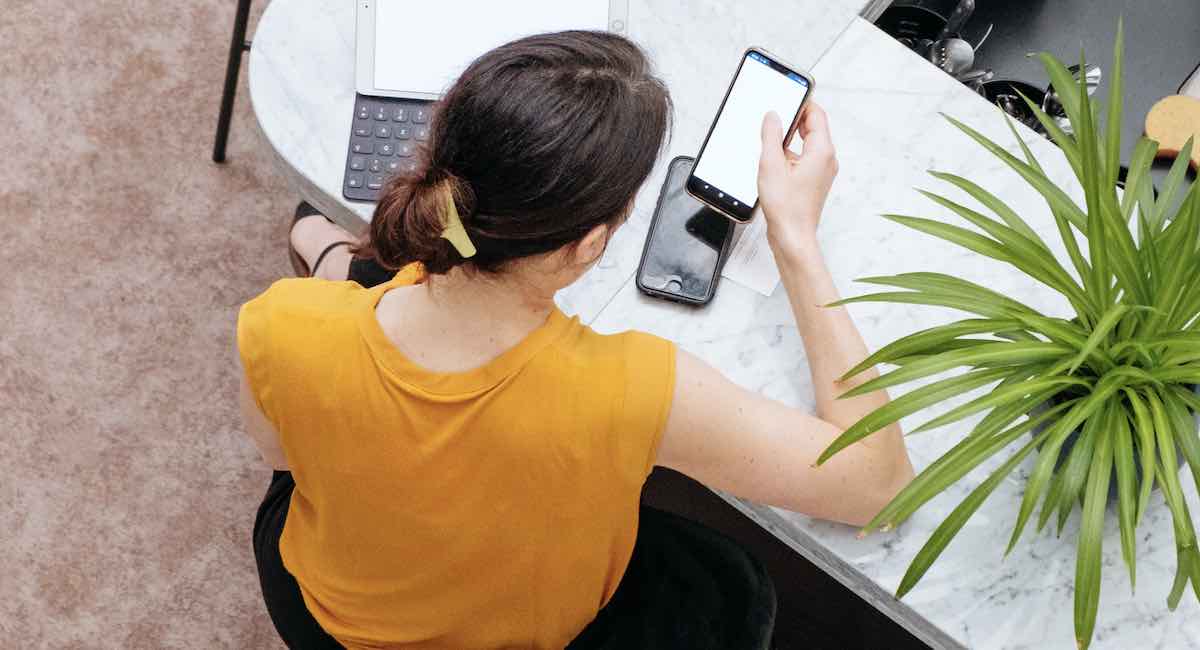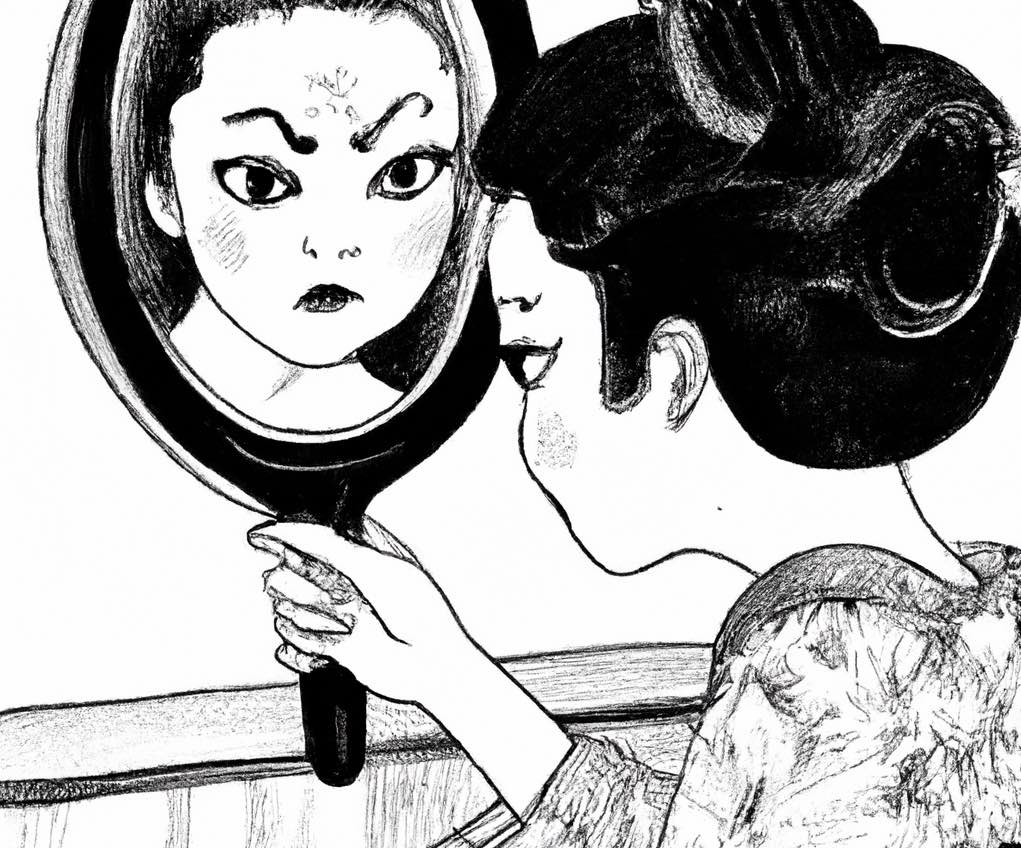Tag: body image
-

Beyond the Mirror: Cultivating Positive Body Image with Mindful Thinking
Introduction In today’s world, where appearances often take the center stage in social media and daily interactions, the concept of body image preoccupies many of us. But have you ever stopped to ponder how profoundly our thoughts and perceptions shape our body image? As a clinical psychologist, I’ve witnessed firsthand the significant impact that our…
-

Body dissatisfaction and resilience
How our mental wellness app reduces negative body image for high risk female university students Body dissatisfaction represents a prevalent condition in young women. Daily training with our mobile app may reduce some forms of body dissatisfaction. Medium-large effect size reductions emerged for BDD symptoms. Effects of the intervention on eating disorder symptoms seem more…

